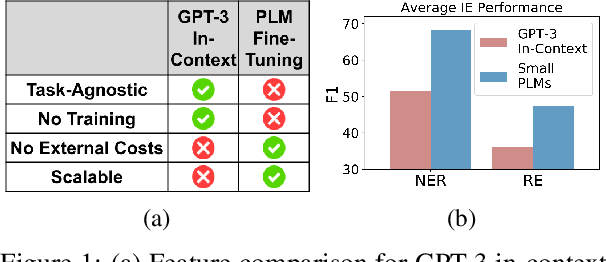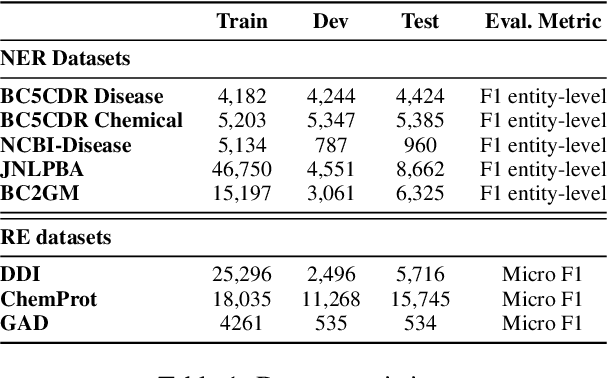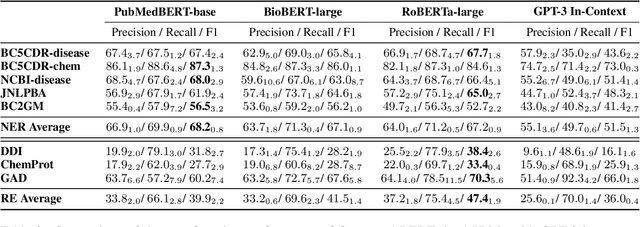Nikolas McNeal
Relating Human Perception of Musicality to Prediction in a Predictive Coding Model
Oct 29, 2022



Abstract:We explore the use of a neural network inspired by predictive coding for modeling human music perception. This network was developed based on the computational neuroscience theory of recurrent interactions in the hierarchical visual cortex. When trained with video data using self-supervised learning, the model manifests behaviors consistent with human visual illusions. Here, we adapt this network to model the hierarchical auditory system and investigate whether it will make similar choices to humans regarding the musicality of a set of random pitch sequences. When the model is trained with a large corpus of instrumental classical music and popular melodies rendered as mel spectrograms, it exhibits greater prediction errors for random pitch sequences that are rated less musical by human subjects. We found that the prediction error depends on the amount of information regarding the subsequent note, the pitch interval, and the temporal context. Our findings suggest that predictability is correlated with human perception of musicality and that a predictive coding neural network trained on music can be used to characterize the features and motifs contributing to human perception of music.
Thinking about GPT-3 In-Context Learning for Biomedical IE? Think Again
Mar 16, 2022



Abstract:The strong few-shot in-context learning capability of large pre-trained language models (PLMs) such as GPT-3 is highly appealing for biomedical applications where data annotation is particularly costly. In this paper, we present the first systematic and comprehensive study to compare the few-shot performance of GPT-3 in-context learning with fine-tuning smaller (i.e., BERT-sized) PLMs on two highly representative biomedical information extraction tasks, named entity recognition and relation extraction. We follow the true few-shot setting to avoid overestimating models' few-shot performance by model selection over a large validation set. We also optimize GPT-3's performance with known techniques such as contextual calibration and dynamic in-context example retrieval. However, our results show that GPT-3 still significantly underperforms compared with simply fine-tuning a smaller PLM using the same small training set. Moreover, what is equally important for practical applications is that adding more labeled data would reliably yield an improvement in model performance. While that is the case when fine-tuning small PLMs, GPT-3's performance barely improves when adding more data. In-depth analyses further reveal issues of the in-context learning setting that may be detrimental to information extraction tasks in general. Given the high cost of experimenting with GPT-3, we hope our study provides guidance for biomedical researchers and practitioners towards more promising directions such as fine-tuning GPT-3 or small PLMs.
 Add to Chrome
Add to Chrome Add to Firefox
Add to Firefox Add to Edge
Add to Edge